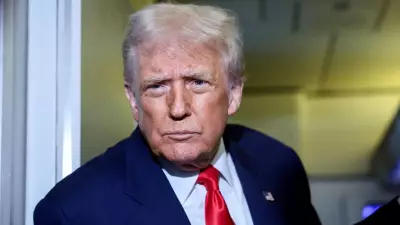
Contrary to widespread reports of a significant decline, the number of foreign students enrolling in United States universities has shown remarkable resilience. New data from the US Department of Homeland Security (DHS) reveals that active student visas have remained largely steady, defying expectations of a sharp drop due to recent visa restrictions and funding cuts introduced under the Trump administration.
Visa Data Tells a Different Story
Initial figures had painted a gloomy picture. Reports from the International Trade Administration (ITA) indicated a 19% decrease in foreign-student arrivals at US airports in August compared to the previous year. Similarly, Studyportals, an online degree directory, recorded a first-quarter decline of over 20% in traffic from international students looking at US undergraduate and master's programmes, with interest in doctoral courses falling by a third.
However, the official DHS data presents a contrasting narrative. It shows that active student visas for bachelor’s programmes fell by a marginal 0.9%, while master’s visas saw a slight drop of 1.7%. In a positive turn, visas for doctoral students increased by 2%. A DHS official confirmed that these figures indicate international enrolments have remained resilient despite the challenging policy environment.
The OPT Factor and the Wealth Divide
Experts suggest that the discrepancy between arrival numbers and active visa data can be partly explained by the Optional Practical Training (OPT) programme. This programme permits graduates to stay in the US temporarily for work related to their field of study. Participation in OPT saw a substantial surge, rising by 21% from 2023 to 2024, reaching nearly 200,000 students.
Further analysis highlights a disparity based on economic backgrounds. The steepest fall in arrivals was observed among students from lower-income countries. This trend suggests that financial constraints or anxieties about being able to re-enter the US may have influenced their travel plans. Students from wealthier nations were largely unaffected.
University-Level Impact and Future Outlook
The effect on universities has been mixed. Among the top 50 institutions that released admissions data, the proportion of international students stayed stable. For instance, the University of Michigan reported a significant jump in its foreign student share, from 4% to 18%. While lower-ranked universities might be facing greater challenges, comprehensive data for them is not yet available.
For the current academic year, the Trump-era restrictions appear to have had only a minor impact on the overall numbers. Nevertheless, the long-term competitiveness of US higher education could be influenced by ongoing policy shifts and intensifying global competition for talented students.





